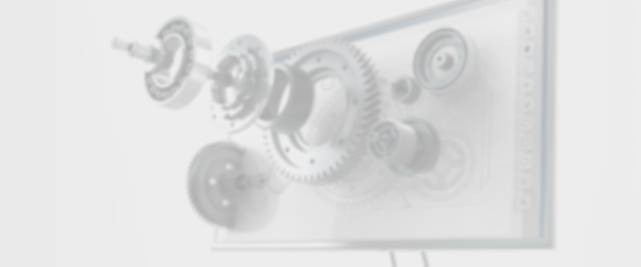Oct . 10, 2024 08:30 Back to list
Choosing Between Brake Drums and Rotors for Optimal Vehicle Performance
Understanding Brake Drums and Rotors Essential Components of Vehicle Safety
Brake systems are crucial for the safe operation of vehicles, and among the most important components are brake drums and rotors. These elements play a pivotal role in how effectively a vehicle can slow down or come to a complete stop. Understanding the differences, functions, and maintenance of brake drums and rotors is essential for every vehicle owner.
Brake Drums An Overview
Brake drums are typically found in drum brake systems, which are commonly used in the rear wheels of many vehicles. A brake drum is a cylindrical component that houses brake shoes, which are lined with friction material. When the driver presses the brake pedal, hydraulic pressure forces the brake shoes outward against the inside surface of the drum, creating friction that slows the vehicle.
One significant advantage of brake drums is their ability to handle heat better than some disc systems. They are also generally more robust in terms of their capacity for load and wear, making them ideal for vehicles like trucks and SUVs. However, brake drums can be prone to issues like fade under high-performance conditions, which can lead to a decrease in braking efficiency.
Rotors A Closer Look
In contrast, rotors are a key component of disc brake systems, which are widely used in modern vehicles for both front and rear brakes. A brake rotor is a flat metal disc that is mounted on the wheel hub. When the brakes are applied, brake calipers squeeze brake pads against the rotor, generating friction that slows the vehicle down.
brake drums or rotors

Rotors have several advantages over drums. They tend to dissipate heat more effectively, which helps to prevent brake fade during prolonged braking, such as when descending a steep hill. Additionally, rotors often provide better braking performance and response, making them a favorable option for performance-oriented vehicles.
Maintenance and Signs of Wear
Both brake drums and rotors require regular maintenance to ensure optimal performance. Signs that your brakes may need attention include squeaking or grinding noises, a pulsating sensation when braking, or the vehicle pulling to one side.
For brake drums, common maintenance practices include inspecting the drum’s surface for scoring or wear, replacing brake shoes when the friction material wears down, and ensuring that the drum is properly adjusted. On the other hand, rotors may need resurfacing or replacement if they become warped or excessively worn. Good practice includes replacing brake pads alongside rotors for balanced performance and safety.
Conclusion
In summary, brake drums and rotors are essential components of a vehicle's braking system, each serving unique purposes and advantages. While both are effective in ensuring safe stopping, understanding the differences helps vehicle owners make informed decisions about their maintenance and replacement. Regular inspections and timely interventions are crucial to keeping both types of braking systems in good working condition, ultimately ensuring the safety of the driver, passengers, and everyone on the road. Whether you opt for brake drums or rotors, prioritizing brake maintenance will lead to enhanced vehicle performance and peace of mind during every journey.
-
Scania Brake Drums: OEM Quality for Optimal Safety & Durability
NewsAug.16,2025
-
R.V.I: Advanced Remote Visual Inspection for Precision
NewsAug.15,2025
-
Discover HYUNDA: Innovative Vehicles, Equipment & Solutions
NewsAug.14,2025
-
R.V.I: Unlock Advanced Insights & Real-time Performance
NewsAug.13,2025
-
Kamaz Brake Drum: Durable & Reliable for Heavy Duty Trucks
NewsAug.12,2025
-
Heavy Duty Iveco Brake Drum - Premium Quality & Safety
NewsAug.11,2025
